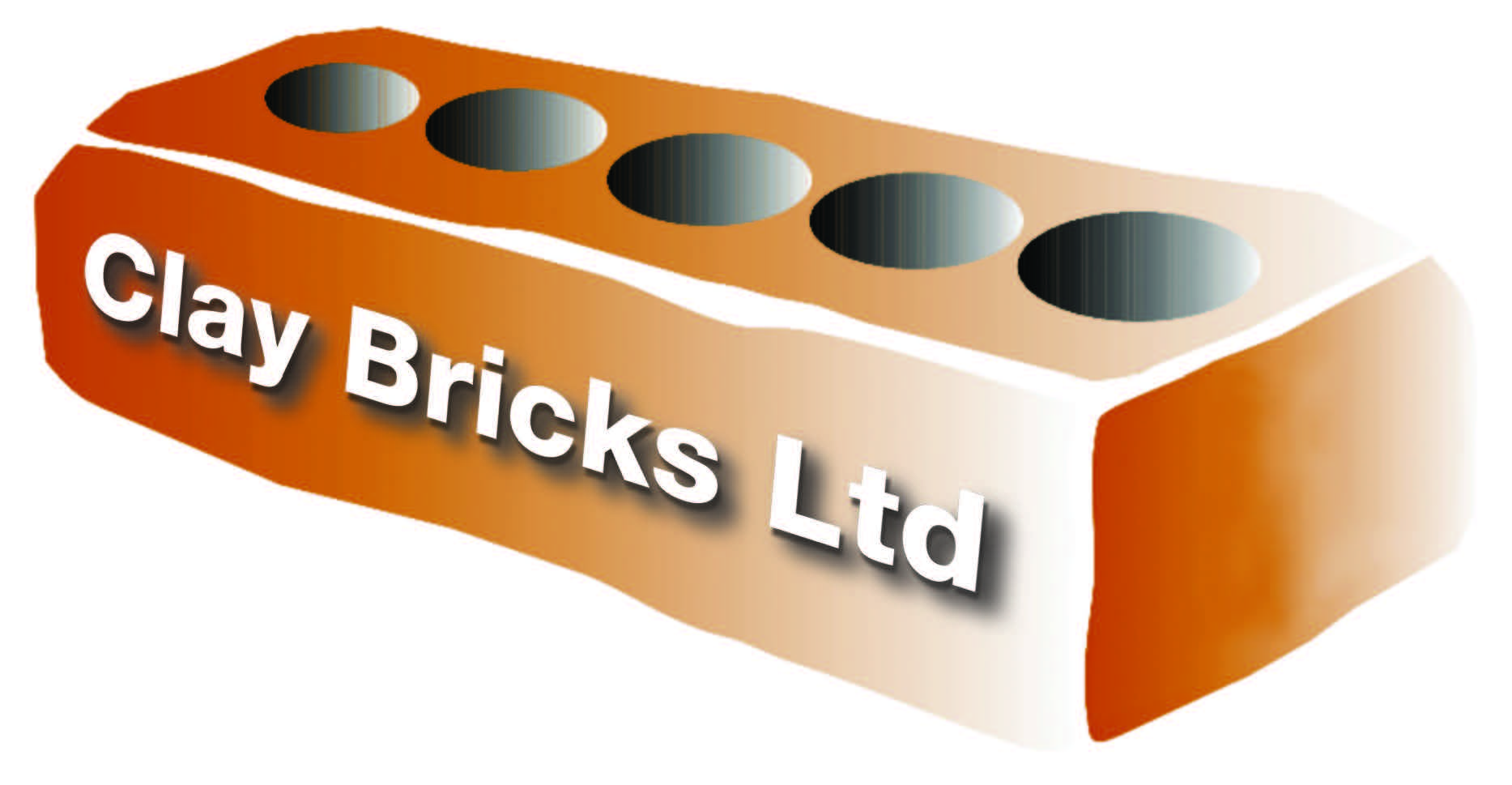Brick ties provide strength and flexibility to brick veneer.
Brick Tie
As the name suggests,a brick tie is a connector that ties the brick veneer to the structural framing of a building.This feature both prevents the bricks from simply falling away from the framing and they also increase the strength of the brick veneer by transferring some of the force away from the brick and on to the structural element.
BRICK TIE DURABILITY
As brick ties are considered a structural element they are required under the New Zealand Building
Code to have a 50 year durability.
If a building is within 500m of the high water mark or within 100m of a tidal estuary(also known as the ‘sea spray zone’)then stainless steel brick ties will be required.If you are unsure of this then we recommend talking with your local council before commencing design or construction work.
BRICK TIE LENGTH
The length of the brick tie is dependent on two factors– the width of the brick cavity and the width of the brick being laid.
Brick ties generally come in four sizes– 85mm, 105mm, 115mm and 135mm.
To determine the minimum tie length required you need to ensure that the tie can sit flush with the framing and reaches at least half way a cross the width of the brick.
For example: If your cavity was 50mm and your brick was 70mm wide then you would need to ensure that a 85mm brick tie was used (50mm+35mm).
BRICK TIE INSTALLATION
Brick ties must be screw tied using a 35mm X12g screw and must be installed with a 5 degrees slope down from the frame.The slope ensures that any water is moved away from the framing.
BRICK TIE BEDDING
Brick ties are required to be bedded into the brick with mortar.You need to ensure that there is a minimum mortar cover of 15mm of the end of the tie.
There are two trade practices for the bedding of brick ties.Wet-bedding is the process where the brick tie is held with a layer of mortar both above and below the tie. With dry-bedding the brick tie is placed directly on top of the brick and mortar is only placed on the top of the tie.
Tie bedding is an area of the trade where regulation has not kept up with building science.The current acceptable solutions for tie bedding are:
- On timber framing E2/AS1 requires wet-bedding
- On concrete block work E2/AS3 allows for either bedding methods.
In general, bricklayers prefer to dry-bed brick ties.This is because it is a more efficient,productive and a proven method of installation. In 2006 BRANZ released a report that confirms that dry bedding is an acceptable procedure in brick veneer construction. You can read a copy of this report here: BRANZ DryBeddingMasonry Ties StudyReportno156:2006
The Brick and Blocklayer Federation recommends that designers ensure they specify dry-tie bedding until NZS4210:2001 is updated. This may mean that you will need to identify your building consent application as an alternative solution proposal–were commend including the above reference to the BRANZ study report.
BRICK TIE PLACEMENT
Brick veneer is not assumed to have any structural strength and relies on support from the ties securing it to the structural timber framing. The ties themselves are designed to support a certain tributary area of masonry and it is important that the area per tie is not exceeded.
The bottom brick tie, when the rebate is sealed with a liquid applied damp –proof course,must be within 300mm or two courses(which ever is smaller) of the base of the veneer. Brick ties are to be fixed to studs only with a maximum of 600mm centers horizontally and a maximum of 400mm vertically. Ties should also be positioned within 300mm horizontally of openings (BBFNZ recommends 200mm vertical spacings to meet the 220kg/m2 mass requirement in any seismic zone)
Designers and bricklayers should familiarise themselves with Section 9.2.7 Wall Ties and Tables 18A and 18B of E2/AS1. You can read this documentation here: E2/AS1(part4).
The Brick and Blocklayers Federation ask that when selecting brick ties that you support our manufacturing members:
INNOVATIVE BUILDING PRODUCTS LTD– www.brickties.co.nz
You can read the next section here:










